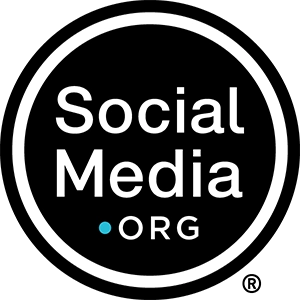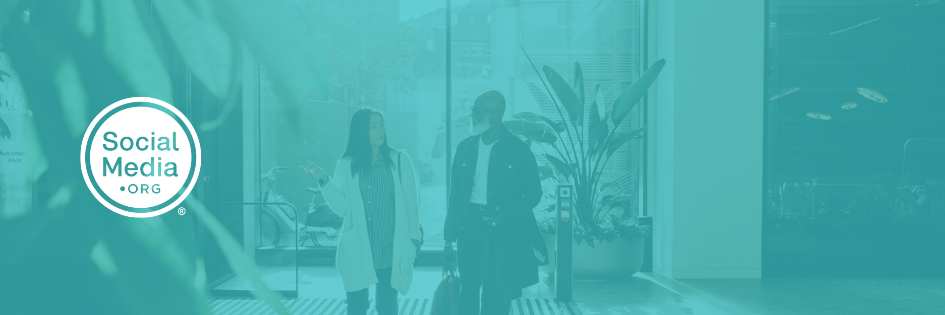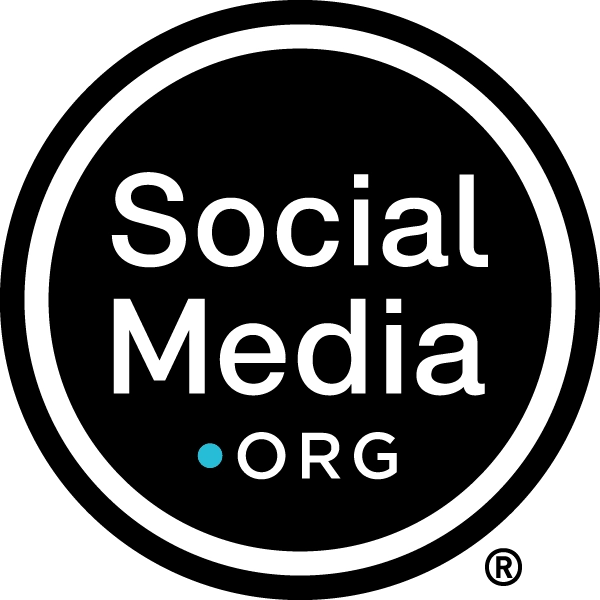Key takeaways:
- Start with clarity and clear policies: Begin your employee advocacy program with a clear purpose and enforce clear policies to make employees feel secure about their participation.
- Implement content editing controls: In regulated industries, limit content editing access to authorized users and establish vigilant monitoring to protect your brand’s reputation.
- Use risk assessment tools and educate: Simplify legal guidance with tools to provide legal guidance to help employees assess content risk. Combine this with ongoing education about social media platforms.
SocialMedia.org members recently shared insights during a panel discussion on enhancing employee advocacy, where one critical theme emerged — the essential need to mitigate risks to your brand.
Here are the steps our Board Members shared to help you safeguard your brand while utilizing the full potential of employee advocacy.
Start With the Why and Make Employee Advocacy Policies Clear
Hillary Hill, Social Media Manager at Nutanix, emphasized the importance of starting any employee advocacy initiative with a clear understanding of why it matters both to the individual employees and the business as a whole.
Explaining the importance of employee advocacy helps everyone in your company understand the significance of their participation and how it contributes to the brand’s overall success.
Additionally, Hillary said Nutanix took a proactive approach by heavily promoting their social media and digital policy.
“We found that a lot of people will hesitate to start using social media more because they’re like, ‘What if I say the wrong thing? Am I going to get in trouble? Is this something I’m allowed to say?’” Hillary said.
She explained their social team addressed this by creating a comprehensive document in partnership with their legal team. This document offered clear guidelines and guardrails, making employees feel more secure about participating in advocacy efforts.
“For the folks who are hesitant, that’s really what we emphasize to them,” Hillary added.
We found that a lot of people will hesitate to start using social media more because they’re like, ‘What if I say the wrong thing? Am I going to get in trouble? Is this something I’m allowed to say?’
Hillary Hill, Social Media Manager at Nutanix
Implement Strict Content Editing Controls to Prevent Negative Content
Nilam Patel, Social Media Ambassadors and Influencers Consultant at Nationwide, highlighted the challenges faced in highly regulated industries when it comes to employee advocacy.
“It’s very strict in terms of legal and PR repercussions,” Nilam said. “To protect the brand, only certain users in our program have the ability to edit the content that we share.”
She explained that only leadership, HR leaders, and SVPs and above have the ability to edit the content shared. This restriction helps prevent unauthorized content editing that might pose a risk to the brand’s reputation.
Nilam added that Nationwide established a monitoring team comprised of PR professionals, community managers, and team managers to help watch what’s being said about the brand online.
“We do have that set in place just in case we have an associate go rogue, or there’s something going out that isn’t necessarily approved,” Nilam said.
It’s very strict in terms of legal and PR repercussions. To protect the brand, only certain users in our program have the ability to edit the content that we share.
Nilam Patel, Social Media Ambassadors and Influencers Consultant at Nationwide
Develop Risk Assessment Tools to Guide Employees
Ryan Boyles, Senior Manager of Social Media at AMD, shared that they acknowledge that discussions about their products happen across various platforms, and it’s crucial to have legal oversight in place.
“If you look at YouTube or Reddit, or if you look anywhere, they’re talking about our products,” Ryan said. “We have an incident response plan so that we can assess when things are being said, whether it’s an employee or anyone outside the company.”
To strike a balance between risk management and encouraging employee advocacy, Ryan said they developed a “stoplight chart” to provide legal guidance to their employees.
This chart simplifies the legal guidelines into a user-friendly format with red, yellow, and green indicators. Employees can easily understand the level of risk associated with different topics or content types before posting content.
If you look at YouTube or Reddit, or if you look anywhere, they’re talking about our products.
Ryan Boyles, Senior Manager of Social Media at AMD
Combine Legal Guidance with Education on Employee Advocacy
In addition to legal safeguards, Ryan said AMD focuses on educating employees about the constant updates of social media platforms.
His team provides insights on how to use these platforms effectively and responsibly, empowering employees to navigate social media confidently.
“We have a monthly Social Media Council call, and it’s our way of providing an update to [our executives] on how the brand side of the house is doing, but also give general education,” Ryan said.
He mentioned how this knowledge-sharing initiative ensures that key stakeholders are well-prepared to handle social media challenges and changes in real time.
Constantly Monitor Platform Changes and Trends
All panelists acknowledged the ever-evolving nature of social media platforms. Hillary mentioned that staying informed about platform changes is essential to effective employee advocacy.
“I know our employees, just like everyone who uses social media, are watching the Twitter/X situation pretty closely,” Hillary said. “We are also keeping track of the LinkedIn algorithm changes that went into effect pretty recently because, as a BtoB brand, LinkedIn is our focus on the corporate side.”
Hillary also said they provide guidance to employees on adapting to these platform changes and emphasize the importance of engaging in conversations and comments rather than simply posting content without interaction.
This allows for genuine interaction across platforms, building their audience reach and encouraging employees to feel they have more freedom to express their “personal brands” while also advocating for the company.
Leverage Peer Insights to Scale Employee Advocacy Efforts
Employee advocacy is a valuable strategy for building brand affinity and expanding your company’s presence on social media. However, it comes with inherent risks that can impact your brand’s reputation.
If you lead social media at a large organization, you can gain more actionable insights to enhance your employee advocacy efforts in our community, specifically for social media leaders at the world’s largest companies.
Our members meet weekly to share best practices for educating employees on social media best practices and strategies for gaining more buy-in to employee advocacy.
Apply today to learn more about how your peers can help you drive a successful employee advocacy program.


